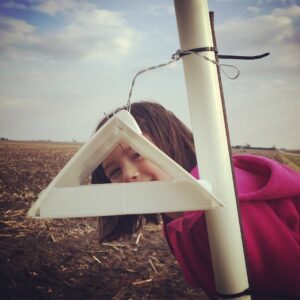Cooperators for Spring Moth Trapping
As in past years, our Moth Trapping Network is set to begin April 1 with our spring migratory insects. We are currently looking for cooperators to monitor both black cutworm and true armyworm traps from April 1 – May 31.

Requirements for trapping:
- Set up traps provided.
- Check traps regularly. Ideally, we’d like traps to be checked every other day to help accurately identify significant moth flights, but checking on Monday,
…






